ZEVA has unveiled the design of its new aircraft, the ZEVA Z2, a wing-bodied eVTOL aircraft for cargo and emergency transport that will replace the company’s ZEVA Zero concept.

The Z2 borrows several elements from the Zero, including the distinctive disc-shaped wing carrying one pilot and small cargo loads of food, ammunition and other supplies.
But the Z2 concept also has several improvements, including a wider and more stable base designed to withstand wind gusts, more aerodynamic landing gear with built-in motor mounts, and larger propellers that the company expects will be more efficient at both hover and cruise.
“I chalk it up to the cycles of learning,” said Stephen Tibbitts, CEO of ZEVA. “We took what we have and said, ‘What are the problems? What can we improve?’”
ZEVA designed its Zero demonstrator for the Boeing-sponsored GoFly Prize in 2018 and achieved its first untethered flight with that aircraft in January 2022.
The company will now focus on bringing the Z2 to market and does not intend to manufacture the Zero on a large scale.
“We wanted to be able to continue to use [the Zero] as a platform to learn,” Tibbitts said. “And at the same time, come up with something that we feel we could go to market with — that we’re comfortable putting out there for consumption.”
ZEVA aims to have a Z2 prototype ready by late summer 2023, with manufacturing to start roughly six months later.

The plan is to create an aircraft that is “optionally piloted,” with room for one person inside the winged body and the capacity for autonomous flight.
ZEVA envisions the Z2 as a rapid-response vehicle that could carry emergency workers to a crisis site for triage, particularly in remote areas with no easy access by road.
“The whole idea is to get somebody out there very fast to stop the bleeding,” Tibbitts said. “Time is a lifesaver, so if you can get out somewhere even a few minutes earlier, it can mean the difference between life and death.”
ZEVA is also working on adding payload capacity to the Z2 to potentially enable fire departments to carry “jaws of life” extractors to the scene of motor vehicle collisions. Additionally, the company plans to eventually bid on U.S. military contracts calling for compact eVTOLs.
“If these vehicles are parked at firehouses, for example, then the deployment is almost instantaneous,” Tibbitts said. “You can get lifesaving help out there faster than any other mode of transportation.”
ZEVA envisions a 50-mile (80-kilometer) range for the Z2, with top speeds of about 160 miles per hour (257 kilometers per hour).
“The unique thing about the ZEVA aircraft is that it’s very compact — and it’s fast,” Tibbitts said. “So, we’re playing off those strengths.”

ZEVA has designed the Z2 with four electric motors, likely with 20 to 30 kilowatts of power each, spinning four large rotors that provide vertical lift during take-off, as well as forward thrust after the aircraft reaches cruising height.
“The point is being very versatile and not requiring a fancy launch system or capture device,” Tibbitts said. “It’s fully capable of landing and taking off pretty much anywhere.”
ZEVA is also working on a next-generation battery for the Z2, but Tibbitts declined to offer technical specifications for that project.
“We’re constantly exploring the battery tech,” he said. “And there’s a lot of newer cell chemistry that we can get our hands on. From the specification point of view, they’re very appealing.”
Tibbitts envisions a rigorous testing period as the Z2 prototype is developed, and said he’s ecstatic to launch this new project.
“The eVTOL industry is just in its infancy, and we’re already seeing a tremendous amount of creativity and progress in this space,” he said. “So to me, it’s very cool. Very exciting.”





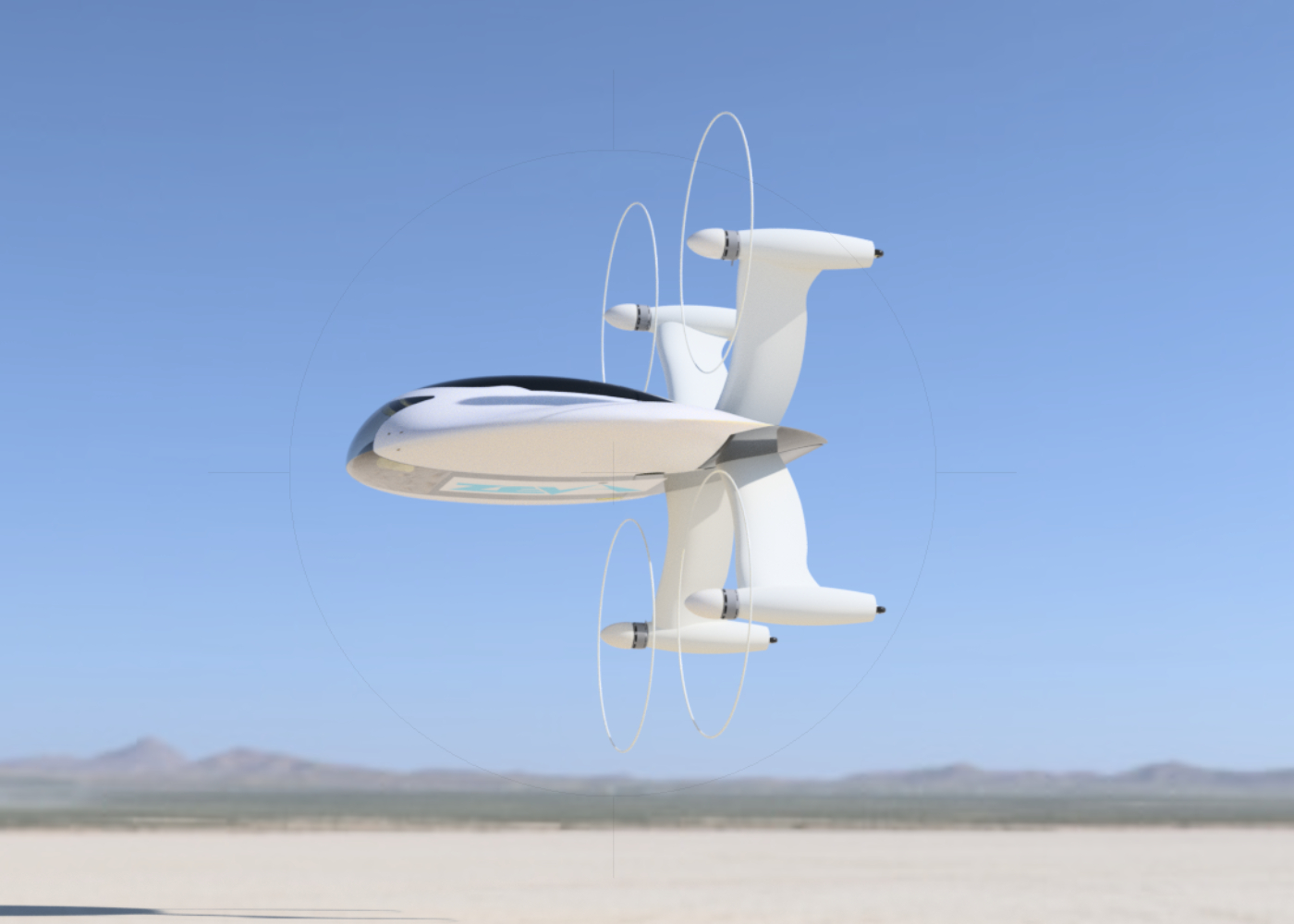
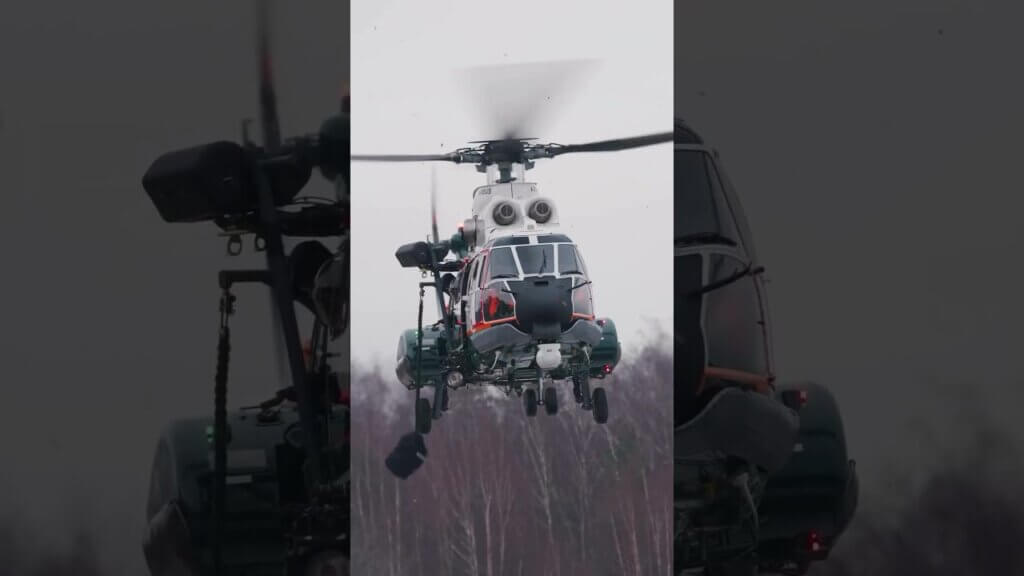
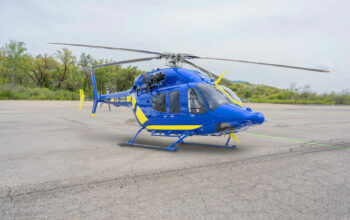
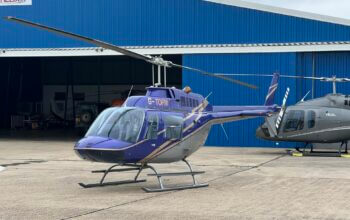
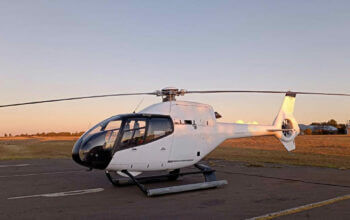
Whenever “stop the bleeding” is used to support an aircraft design you know you are in trouble.
They were referring to a person in need of medical attention, not program funding or design.